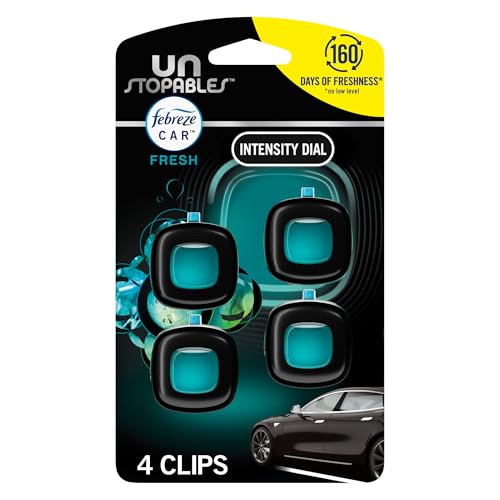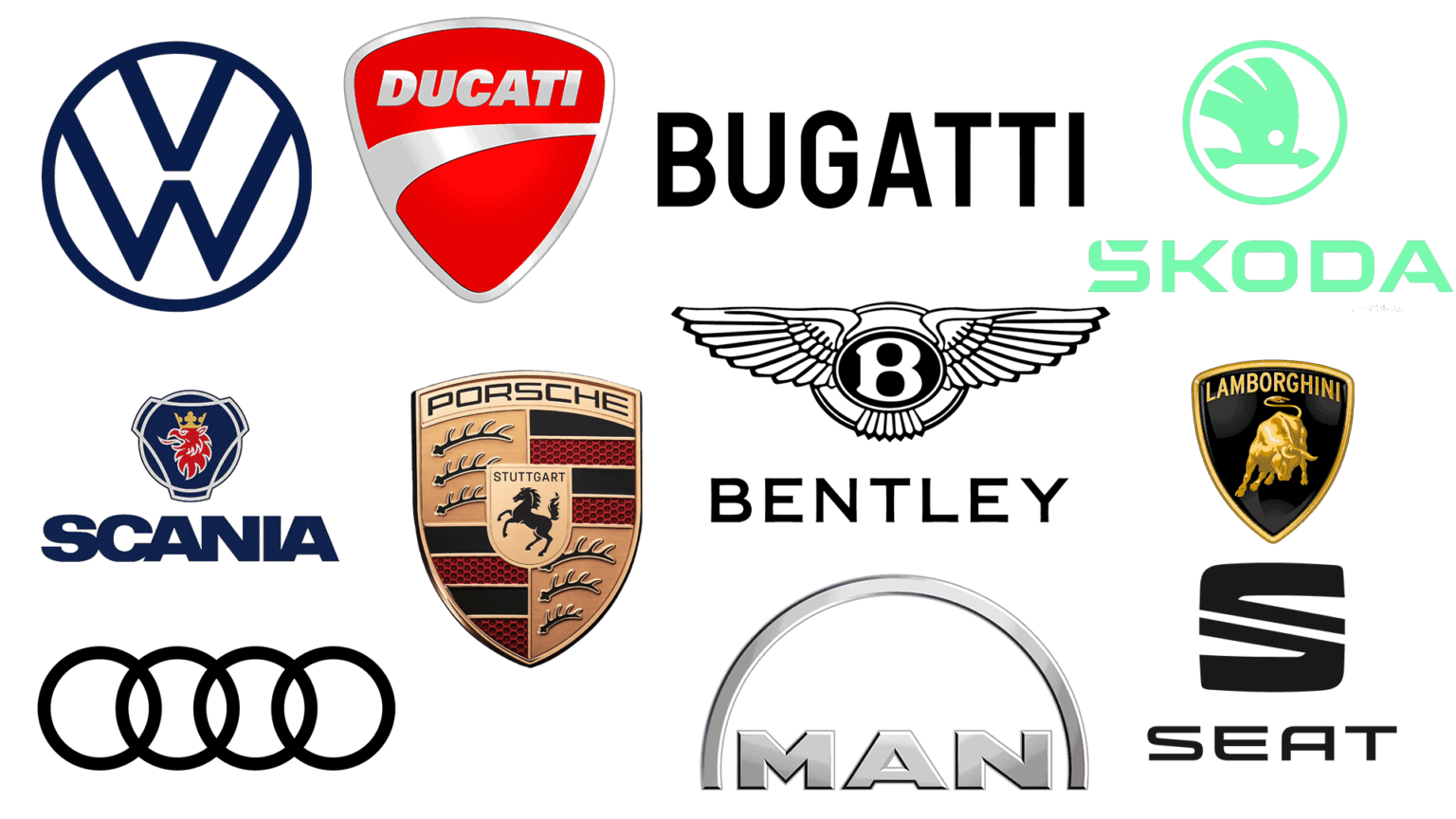What Car Brands Does GM Own: A Comprehensive Guide to General Motors’ Global Portfolio cars.truckstrend.com
General Motors (GM) stands as one of the world’s largest and most influential automotive manufacturers, a titan with a rich history spanning over a century. Beyond its iconic blue logo, GM’s global footprint is defined by a strategic portfolio of diverse car brands, each meticulously positioned to cater to specific market segments and consumer needs. Understanding which brands fall under the GM umbrella is crucial for anyone interested in the automotive industry, from prospective car buyers to market analysts. This comprehensive guide will delve into the current landscape of GM’s owned brands, explore its strategic decisions, and shed light on the future direction of this automotive giant.
An Engaging Introduction: Decoding GM’s Multi-Brand Strategy
What Car Brands Does GM Own: A Comprehensive Guide to General Motors’ Global Portfolio
At its core, General Motors operates not as a single car company but as a conglomerate of distinct automotive brands. This multi-brand strategy allows GM to achieve several critical objectives: market penetration across various price points and demographics, economies of scale through shared platforms and technologies, and diversified risk across different economic cycles and consumer preferences. From mainstream reliability to cutting-edge luxury and robust commercial solutions, GM’s brand portfolio is designed to offer something for nearly every type of driver and business.
The question "What car brands does GM own?" isn’t just about a simple list; it’s about understanding a complex, evolving ecosystem. GM has historically acquired, launched, divested, and even resurrected brands, adapting to market shifts, economic downturns, and technological advancements. Today, its focus is sharply honed on electrification, autonomous driving, and expanding its presence in key global markets, particularly China.
The Core Pillars: GM’s North American Portfolio
GM’s foundational strength lies in its North American operations, where four primary brands dominate the landscape, each with a distinct identity and market positioning.
Chevrolet: The Mainstream Powerhouse
Chevrolet, often affectionately known as "Chevy," is GM’s flagship global volume brand. It represents the quintessential American automotive experience, offering a vast array of vehicles that appeal to a broad spectrum of consumers. From the ever-popular Silverado pickup trucks and Tahoe SUVs to family-friendly Equinox crossovers and the iconic Corvette sports car, Chevrolet’s lineup covers virtually every segment. In recent years, Chevrolet has also been at the forefront of GM’s electric vehicle push with models like the Bolt EV/EUV and the upcoming Silverado EV, Equinox EV, and Blazer EV, showcasing its commitment to a sustainable future while maintaining its mass-market appeal.
GMC: Premium Trucks and SUVs
GMC (General Motors Truck Company) is GM’s dedicated premium truck and SUV brand. While often sharing platforms and powertrains with their Chevrolet counterparts, GMC vehicles are positioned as more upscale alternatives, featuring distinct styling, more refined interiors, and higher levels of standard equipment and available luxury features. Models like the Sierra pickup, Yukon SUV, and Acadia crossover cater to buyers who desire rugged capability without compromising on comfort and sophistication. The recent reintroduction of the Hummer nameplate under the GMC umbrella as the all-electric GMC Hummer EV further cements GMC’s role as a leader in premium, high-performance utility vehicles.

Buick: Entry-Luxury and Global Appeal
Buick holds a unique position in GM’s portfolio, bridging the gap between mainstream and full luxury. Traditionally known for comfortable, quiet, and refined sedans, Buick has largely transitioned into an SUV-focused brand in North America, with popular models like the Encore GX, Envision, and Enclave. Buick’s significant success in the Chinese market, where it is often perceived as a premium brand, underscores its global importance to GM. Buick aims to appeal to buyers seeking a touch of luxury and sophisticated design without the premium price tag of a dedicated luxury marque.
Cadillac: The Pinnacle of American Luxury
Cadillac represents the pinnacle of GM’s automotive craftsmanship and technological prowess. As GM’s luxury division, Cadillac competes directly with European and Asian luxury brands, emphasizing performance, cutting-edge technology, bold design, and opulent interiors. Its lineup includes sophisticated sedans (though fewer now), a strong SUV portfolio (XT4, XT5, XT6, Escalade), and a growing array of electric vehicles, including the groundbreaking Lyriq and the ultra-luxury Celestiq. Cadillac is GM’s spearhead for advanced features like Super Cruise (hands-free driving) and is central to the company’s vision of an all-electric, autonomous future.
Beyond North America: International Presence and Strategic Brands
.jpg)
GM’s global strategy extends far beyond its North American core, involving joint ventures and a nuanced approach to international markets.
Wuling and Baojun (China Joint Ventures)
In China, the world’s largest automotive market, GM operates highly successful joint ventures, primarily with SAIC Motor Corporation. These include SAIC-GM-Wuling (SGMW), which produces the incredibly popular Wuling and Baojun brands.
- Wuling: Known for its highly affordable, practical, and often compact vehicles, including mini-trucks, vans, and small EVs like the immensely popular Wuling Hongguang Mini EV. Wuling is a mass-market phenomenon in China, offering accessible mobility solutions.
- Baojun: Positioned slightly above Wuling, Baojun offers more contemporary passenger cars and SUVs that provide excellent value for money. Both Wuling and Baojun are crucial to GM’s sales volume and market share in China.

Holden (Historical Significance)
While GM no longer manufactures vehicles under the Holden brand in Australia and New Zealand (production ceased in 2017, and sales wound down by 2021), it’s an important part of GM’s historical portfolio. Holden was GM’s long-standing Australian subsidiary, once producing iconic local models. Its closure reflected GM’s strategic decision to exit certain markets and focus resources on core profitable brands and new technologies.
Opel/Vauxhall (Former Ownership)
It’s important to clarify that GM no longer owns Opel and its British sister brand, Vauxhall. These European brands were sold to Groupe PSA (now part of Stellantis) in 2017. This divestiture was another significant move by GM to streamline its global operations and improve profitability by exiting challenging markets.
GM’s Strategy: Portfolio Management and Evolution
GM’s current brand portfolio is a result of decades of strategic decisions, often involving difficult choices. The company has moved from owning a multitude of brands (including Oldsmobile, Pontiac, Saturn, Saab, and Hummer as a standalone brand, all discontinued or sold during and after the 2008 financial crisis) to a more focused, efficient structure.
The overarching strategy now revolves around:
- Electrification: GM is heavily investing in its Ultium battery and platform technology, which will underpin a vast range of upcoming EVs across all its core brands, from affordable Chevrolets to luxurious Cadillacs.
- Autonomous Driving: Through its Cruise subsidiary, GM is a leading player in developing and deploying autonomous vehicle technology, seeing it as a future revenue stream and a core component of mobility solutions.
- Global Efficiency: Leveraging shared platforms, components, and engineering resources across brands to achieve economies of scale and reduce development costs.
- Market Focus: Prioritizing profitable markets and segments while exiting or reducing presence in less strategic regions.
Understanding GM’s Brand Hierarchy and Market Positioning
GM’s brand hierarchy is designed to minimize internal competition while maximizing market coverage:
- Mass Market/Value (Global/China JV): Wuling, Baojun
- Mainstream/Volume (Global): Chevrolet
- Premium/Specialty (North America): GMC
- Entry-Luxury (Global): Buick
- Full Luxury/Performance (Global): Cadillac
- High-End Electric Performance (Sub-brand): Hummer EV (under GMC)
This structured approach allows GM to target distinct demographics and price points, from first-time car buyers in emerging markets to affluent luxury consumers.
Benefits of GM’s Multi-Brand Strategy
- Market Coverage: Reaches a wider customer base across various income levels and preferences.
- Economies of Scale: Shared platforms, engines, and components across brands significantly reduce production and development costs.
- Risk Diversification: Performance in one segment or market can offset challenges in another.
- Innovation Sharing: Technologies developed by one brand can be adapted and cascaded across the portfolio.
- Brand Identity: Each brand cultivates a unique identity and loyal customer base, even with shared underpinnings.
Challenges and Considerations
Despite the benefits, GM’s multi-brand strategy isn’t without its challenges:
- Brand Cannibalization: Ensuring brands don’t directly compete and erode each other’s sales, requiring careful product planning and marketing.
- Maintaining Distinct Identities: Differentiating brands effectively when they share platforms and components.
- Adapting to Global Shifts: Navigating diverse regulatory environments, consumer tastes, and economic conditions in different countries.
- Managing Joint Ventures: Balancing control and profit-sharing in complex international partnerships.
Practical Advice and Actionable Insights for the Reader
For consumers, understanding GM’s brand structure offers valuable insights:
- Know Your Needs: If you’re looking for a reliable, mainstream vehicle with a wide range of options, Chevrolet is your primary stop. For a more rugged, premium truck or SUV, look to GMC. If you desire understated luxury, Buick might fit, while Cadillac offers a full-blown luxury experience.
- Shared Foundations: Be aware that many GM vehicles across different brands share underlying platforms and powertrains. This can be a benefit (proven reliability, economies of scale) but also means that some differences might be more cosmetic or feature-based than fundamental. Research specific models to understand their unique attributes.
- Future-Proofing: GM’s aggressive push into EVs means that most of its core brands will soon offer electric options, leveraging the common Ultium platform. If electrification is a priority, keep an eye on new EV releases from Chevrolet, GMC, Buick, and Cadillac.
Concluding Summary: GM’s Strategic Evolution
General Motors, a true automotive powerhouse, strategically manages a diverse portfolio of car brands to maintain its global leadership. Its core brands—Chevrolet, GMC, Buick, and Cadillac—each serve distinct market segments, from everyday practicality to ultimate luxury. Complementing these are crucial joint ventures in key international markets like China with brands such as Wuling and Baojun.
GM’s journey has been one of continuous adaptation, shedding brands that no longer fit its strategic vision (like Opel/Vauxhall, Saturn, Pontiac) and even resurrecting iconic names like Hummer for the electric era. The company’s future is firmly rooted in electrification and autonomous technology, leveraging its multi-brand approach to scale these innovations across a broad spectrum of vehicles. Understanding GM’s brand ownership is not just about identifying logos; it’s about appreciating a meticulously crafted strategy designed for enduring market relevance and sustainable growth in a rapidly changing automotive landscape.
Comprehensive Information Table: GM’s Current Car Brands
This table provides a snapshot of GM’s primary currently active car brands, their main focus, target market, and a general starting MSRP category. Prices are highly variable and subject to change.
| Brand | Primary Focus | Target Market | General Price Range (Starting MSRP Category) | Key Offerings |
|---|---|---|---|---|
| Chevrolet | Broad Range (Cars, Trucks, SUVs, EVs) | Mainstream Consumers | Mainstream | Silverado, Equinox, Tahoe, Corvette, Bolt EV, Blazer EV |
| GMC | Premium Trucks & SUVs, EVs | Premium Truck/SUV Buyers | Premium | Sierra, Yukon, Acadia, Terrain, Hummer EV (sub-brand) |
| Buick | Entry-Luxury SUVs, EVs | Entry-Luxury Buyers | Entry-Luxury | Encore GX, Envision, Enclave, Envista, Electra (upcoming EV) |
| Cadillac | Luxury Sedans, SUVs, EVs | Luxury/Performance Buyers | Luxury | Escalade, XT5, XT6, Lyriq, Celestiq, CT5 |
| Wuling (JV China) | Mini-Vehicles, EVs, Commercial | Mass Market (China) | Affordable/JV | Hongguang Mini EV, Capable Mini-Vans/Trucks |
| Baojun (JV China) | Value-Oriented Passenger Cars & SUVs | Mass Market (China) | Affordable/JV | Yep, KiWi EV, Various Sedans & SUVs |
| Hummer EV (Sub-brand of GMC) | High-Performance Electric Truck/SUV | High-End EV Enthusiasts | High-End Luxury EV | Hummer EV Pickup, Hummer EV SUV |
Note: "General Price Range (Starting MSRP Category)" indicates the typical entry point for new vehicles from that brand in their respective markets. Actual prices vary significantly by model, trim, and region.
Frequently Asked Questions (FAQ)
Q1: Does GM still own Hummer?
A1: Yes, but not as a standalone brand like it was before 2010. Hummer has been resurrected as the "GMC Hummer EV," an all-electric sub-brand operating under the GMC umbrella. This means the Hummer EV is sold and serviced through GMC dealerships.
Q2: Does GM own Opel or Vauxhall anymore?
A2: No. General Motors sold its European Opel and Vauxhall brands to Groupe PSA (now part of Stellantis) in 2017.
Q3: What happened to brands like Pontiac, Saturn, Oldsmobile, and Saab?
A3: Pontiac, Saturn, and Oldsmobile were all discontinued by GM as part of its restructuring efforts following the 2008 financial crisis. Saab was sold by GM to Spyker Cars in 2010, and after further financial difficulties, its assets were eventually acquired by NEVS (National Electric Vehicle Sweden).
Q4: How many car brands does GM currently operate globally?
A4: GM’s core global brands are Chevrolet, GMC, Buick, and Cadillac. In China, it also has significant market share through its joint venture brands Wuling and Baojun. So, effectively, six primary brands with global or major regional presence, plus the Hummer EV as a sub-brand.
Q5: Why does GM have both Chevrolet and GMC trucks? Aren’t they similar?
A5: While Chevrolet Silverado and GMC Sierra trucks share platforms and many components, they are strategically differentiated. Chevrolet is positioned as the mainstream, work-oriented truck, appealing to a broader audience. GMC is marketed as a more premium, refined, and professional-grade truck, often with more upscale features, distinct styling, and a higher price point, targeting buyers who prioritize luxury and exclusivity in their utility vehicles.
Q6: Is BrightDrop a car brand owned by GM?
A6: BrightDrop is a GM subsidiary, but it’s not a consumer car brand. It’s a technology and logistics company that provides electric light commercial vehicles (like delivery vans) and software solutions for delivery and logistics companies. It’s part of GM’s broader electrification and mobility strategy.

